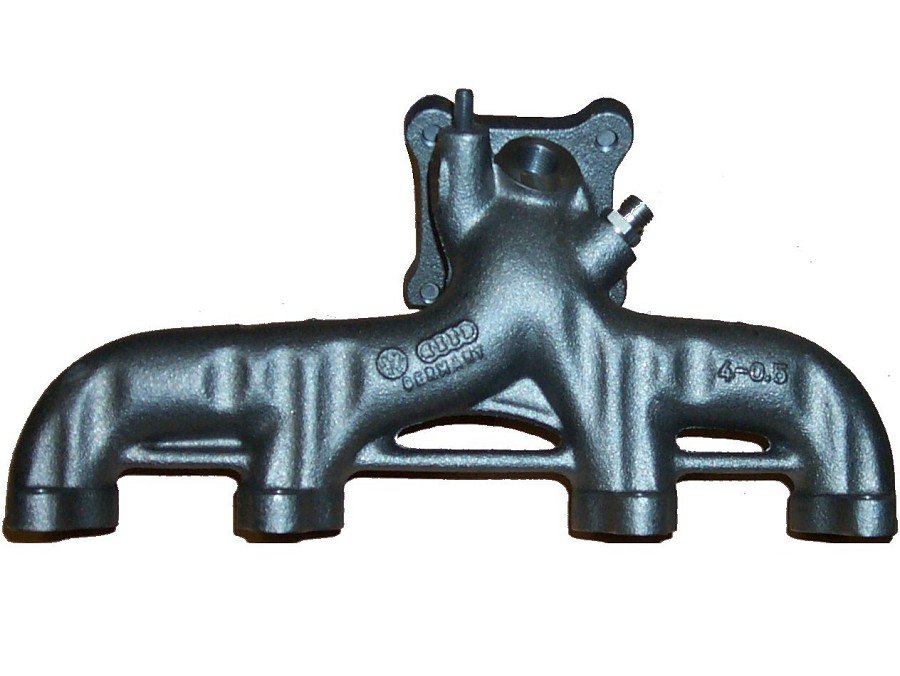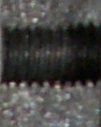
|
Grey Iron

Function
Grey cast-iron - perhaps with a small amount of alloy components - is inexpensive to produce because it (still) belongs to the most widely used metals.

How it works
Grey cast-iron has, like all cast-irons, a carbon content of more than 2% and is easy to cast. Because the carbon in it is stored in rib form, it is also called cast iron with 'flake' graphite. Due to it being easily machined
and its (e.g., in comparison to pure aluminium) excellent surface qualities it is especially suitable for the manufacturing of cylinder blocks or cylinder sleeve surfaces. Whereas aluminium has a high, slightly brash
sound, cast-iron cylinder blocks produce far less vibrations and are better sound absorbers.
Nevertheless, the material aluminium, because of its considerably lower weight, successfully challenges the position of grey cast-iron. The manufacturers of grey cast-iron defend themselves by continually lowering
the wall thicknesses. In the meantime, grey cast-iron is being processed as CGI (vermicular-> with worm-shaped graphite extension) in wall thicknesses of less than 3 mm. The full name is: Compacted Graphite
Iron. Especially in highly stressed Diesel motors there is a reluctance towards the conversion to aluminium cylinder blocks, and use, at the moment, approx. 10% CGI.
Important
Cast iron is also weld able under certain conditions, e.g., a very irregular heat development must be avoided. 08/08
|
|